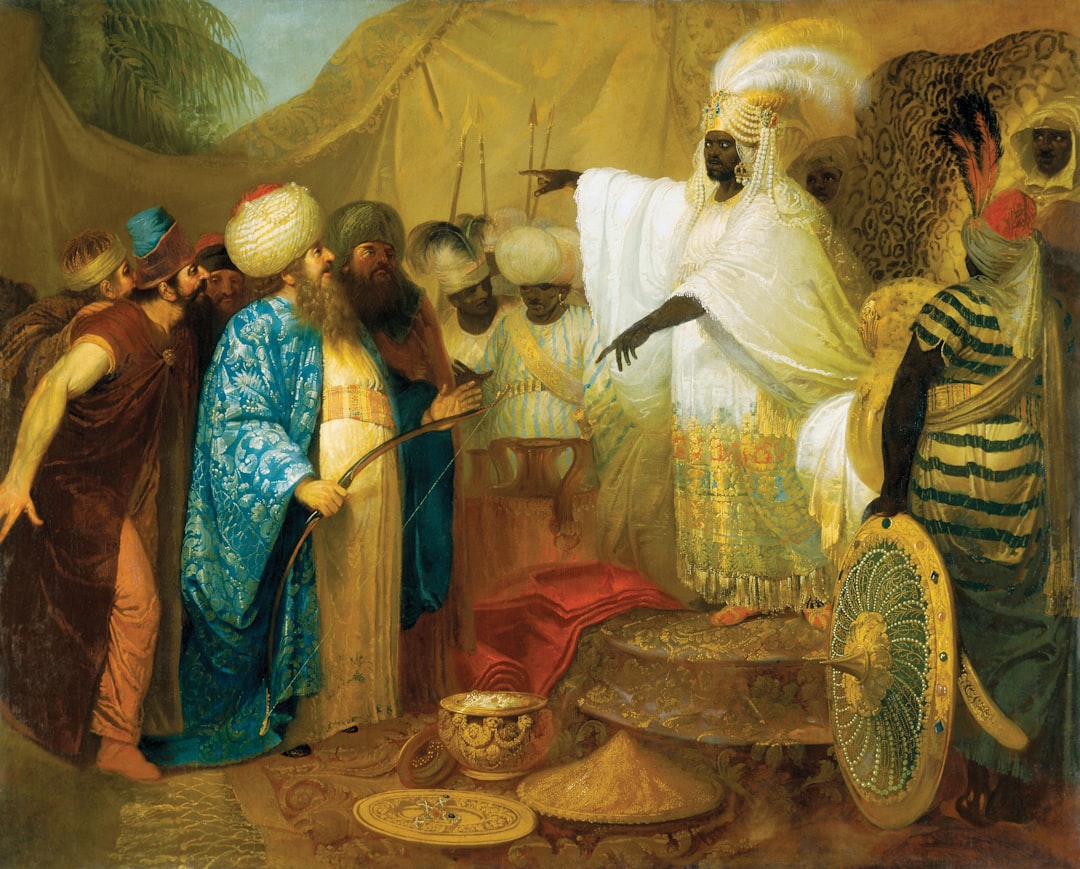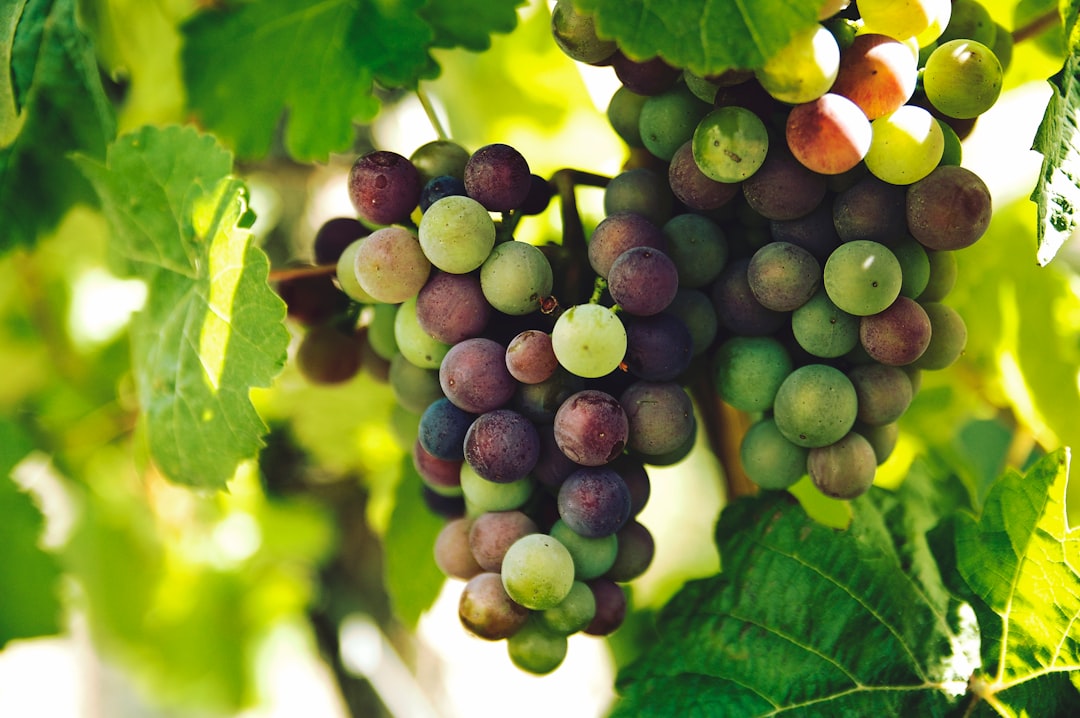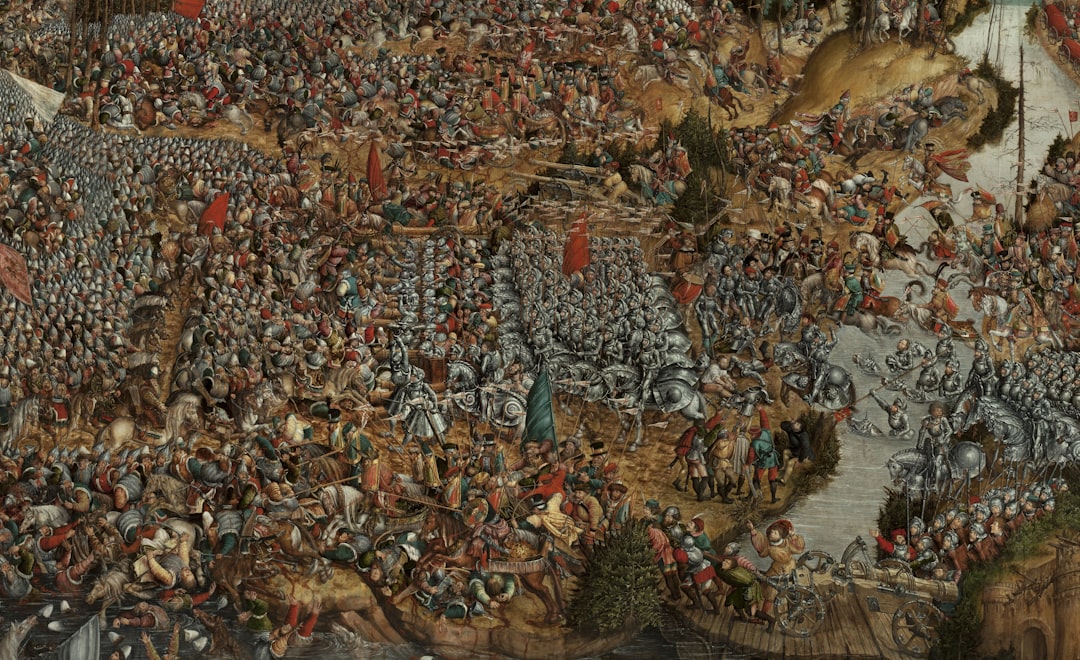The Ideal King vs. Reality: Exploring Justice and Rule in Classical Literature
From the halls of Plato’s Athens to the courts of ancient Persia, writers have long contrasted the vision of a perfect ruler with the messy, often tragic reality of political power. By examining classical texts across cultures, we can trace how ideals of justice, wisdom, and virtue collide with human …
Gardens of Paradise: Nature Imagery in the Classical Persian Imagination
From the formal chahar-bāghs of medieval palaces to the lush metaphors of Sufi poetry, the garden (bāgh) occupies a central place in Persian culture. It is at once an earthly delight, a cosmic microcosm, and a symbol of spiritual aspiration. In this post, we’ll wander through the classical texts—epic, panegyric, …
Classical Views on Wine: Symbolism from Earthly Pleasure to Spiritual Ecstasy
Wine’s deep red glow, its heady fragrance, and its power to loosen the tongue have made it an irresistible symbol for millennia. In classical literatures—from Greece and Rome to Persia and India—wine is far more than a pleasurable drink. It becomes a metaphor for divine inspiration, mystical union, and the …
Love’s Spectrum: Understandings of Human and Divine Love in Classical Texts
Love, in its many hues, has long preoccupied poets, philosophers, and mystics. From the ardent yearnings of lovers to the soul’s ecstatic union with the Divine, classical texts across cultures map a vast spectrum of love. In this post, we journey through key writings—Greek, Judeo-Christian, Islamic, and Hindu—to discover how …
Feast and Battle (Bazm and Razm): Two Pillars of Persian Epic and Courtly Literature
In the glittering courts of medieval Persia, two themes dominated the imagination of poets and storytellers: the sumptuous banquet (bazm) and the heroic clash of arms (razm). Together, they form the twin pillars of Persian epic and courtly literature—one celebrating refinement and camaraderie, the other valor and sacrifice. In this …
Guiding the Seeker: Key Ideas in Classical Sufi Prose Manuals (Ḥujwīrī, Qushayrī)
From the misty valleys of Ghazni to the scholarly halls of Nishapur, early Sufi masters distilled the wisdom of the mystical path into concise prose manuals. Two of the most enduring works—Kashf al-Mahjūb by ʿAlī al-Ḥujwīrī and al-Risālah al-Qushayrīyyah by Abū al-Qāsim al-Qushayrī—have guided countless seekers through the stations …
The Forgotten Art of Inshaʾ: Elegant Letter-Writing in Classical Persia
In the grand halls of medieval Persian courts, the art of inshaʾ (انشاء), or elegant letter-writing, occupied a place of honor alongside poetry and calligraphy. More than mere correspondence, inshaʾ was a refined genre combining rhetoric, style, and social grace—an indispensable skill for statesmen, scholars, and poets alike. Today, its …
When Philosophy Becomes Literature: Exploring the Prose of Avicenna and Suhrawardi
From the disciplined dialectic of early Islamic philosophy to the luminous allegories of Illuminationism, two towering figures—Avicenna (Ibn Sīnā, d. 1037) and Shihāb al-Dīn al-Suhrawardī (d. 1191)—transformed abstract thought into living prose. Their works do more than argue fine points of metaphysics; they tell stories, paint images, and guide the …








